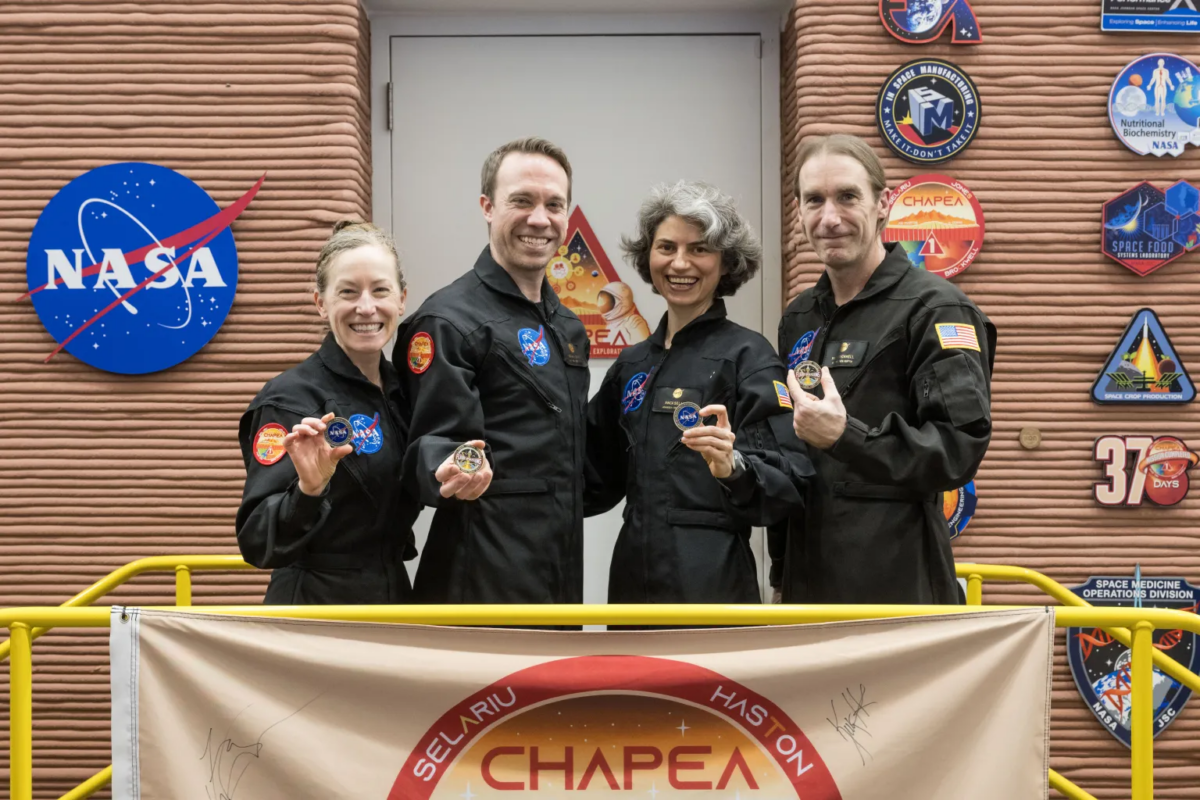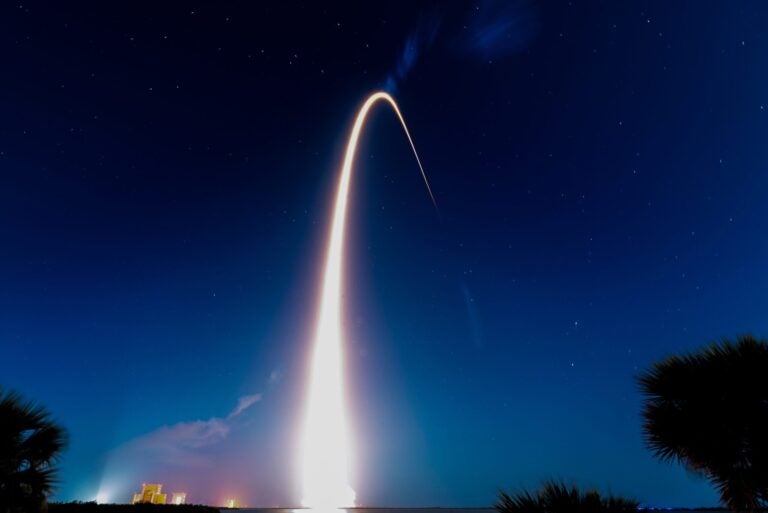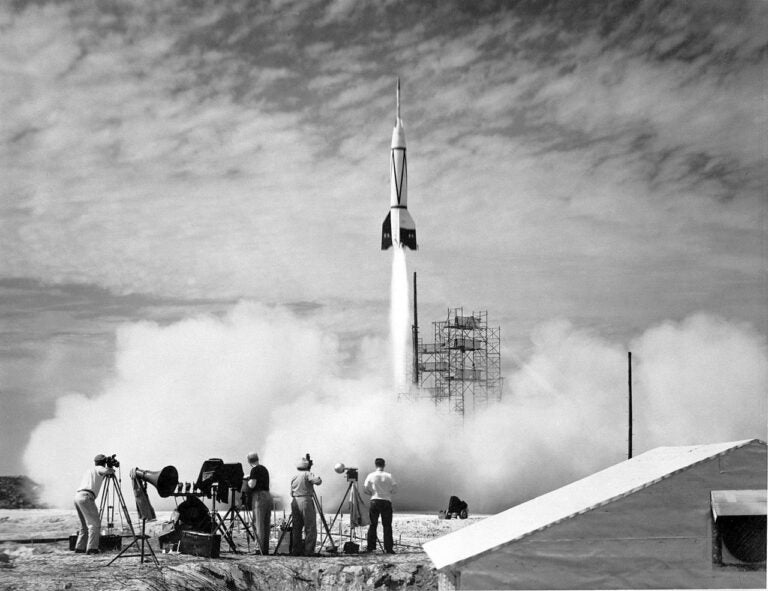
Last June, a group of four people embarked on a more-than yearlong mission to a place that looked a lot like Mars. They grew their own food, exercised, took walks on a red dusty surface, and spent time with only each other. The group was part of the Crew Health and Performance Exploration Analog (CHAPEA), an experiment that took them out of this world — and into a unique annex outside NASA facilities in Houston.
The CHAPEA mission, which recently ended its first simulation on July 6, was designed to isolate individuals in Mars-like setting to determine the challenges of living in such an environment.
Creating a space in space
Inside a 1,700-square-foot (158 square meters) enclosure, the participants had a yard filled with red sand and a backdrop resembling the rusty dunes of Mars. Their housing unit was created using a product called lavacrete, a concrete-like substance that was 3D printed on location, much as it would be if humans were creating a habitat on another planet.
Of course, the simulated world is missing some of the more extreme elements that Mars has to offer, like regular windstorms, intense radiation, weather fluctuations, and frequent meteors. However, Suzanne Bell who heads CHAPEA at NASA, says the experiment was really designed more to look at the human health aspects of going to Mars.
Inside CHAPEA’s housing unit is room for each person to have an individual sleeping area, along with a shared lounge, food-growing station, and medical and science facilities. And it was within this structure that the four strangers who embarked on the mission had to learn to work and cohabitate together.
Life on Mars
Kelly Haston, Ross Brockwell, Nathan Jones, and Anca Selariu, were those four strangers. The volunteers took on roles as commander, flight engineer, medical engineer, and science officer, respectively, mimicking the essential roles in a real crewed mission.
Each morning, the crew would begin the day similarly to the crew of the International Space Station (ISS), by speaking to mission control offers. However, in this case there was a 22-minute delay each way, simulating the time it takes radio signals to reach Earth from Mars and vice versa. The delay accentuated the participants’ isolation.
From there, the crew’s day would involve a mix of science experiments, food preparation, habitat maintenance, and regimented exercise. They also participated in simulated Mars walks. This included dressing in a full spacesuit, exiting an airlock, and scanning the sand pit for specimens.
Before entering the simulation, Brockwell worked as a structural engineer and public works administrator in Virginia. Inside CHAPEA, he was the flight engineer. “I’ve always been interested in space exploration. Mars in particular has been really fascinating for me,” Brockwell tells Astronomy. “This mission seemed like a really interesting and fun way to make a contribution.”
One of Brockwell’s primary duties was to operate the onsite 3D printer to create things the crew needed, he says. This included both necessary tools ways to cure boredom, such as pieces for mounting a mini-basketball hoop.
The crew also celebrated birthdays and holidays, and many of them took up new hobbies. Jones, who served as the team’s medical officer, took up art, according to a NASA interview. “I have even surprised myself with how well some of my sketches have turned out,” he said.
Future martians
Although NASA has not yet released any conclusions derived from the experiment, two more simulations are already slated to occur in 2025 and 2026. Together with the recently completed mission, these will create a more holistic dataset.
And as human habitation on Mars becomes more of a possibility, Brockwell is primed to experience the Red Planet for real: “If they said tomorrow, it’s the real thing. Are you on board? Absolutely. No doubt.”









